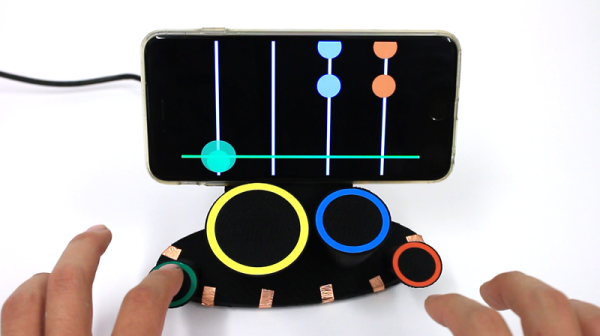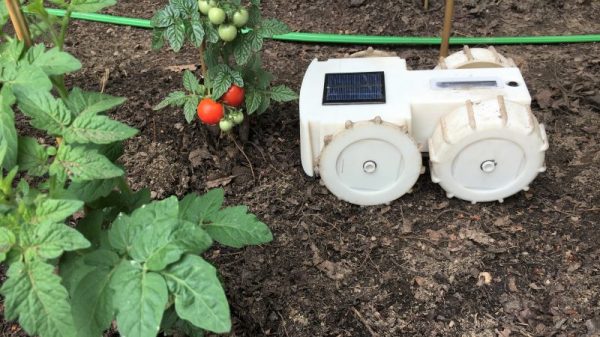Cornell students [Erissa Irani], [Albert Xu], and [Sophia Yan] built a FPGA wave equation music synth as the final project for [Bruce Land]’s ECE 5760 class.
The team used the Kaplus-Strong string synthesis method to design a trio of four-stringed instruments to be played by the Cyclone V FPGA. A C program running on the development board’s ARM 9 HPS serves as music sequencer, controlling tempo and telling the FPGA which note to play.
The students created versions of four songs, including “Colors of the Wind” from the Pocahantas soundtrack, “Far Above Cayuga’s Waters” (Cornell’s alma mater) and John Legend’s “All of Me”. A simple GUI allows the viewer to select a song and to choose which instrument or instruments to play, providing multiple variations for each song.
Thanks, [Bruce]!





















